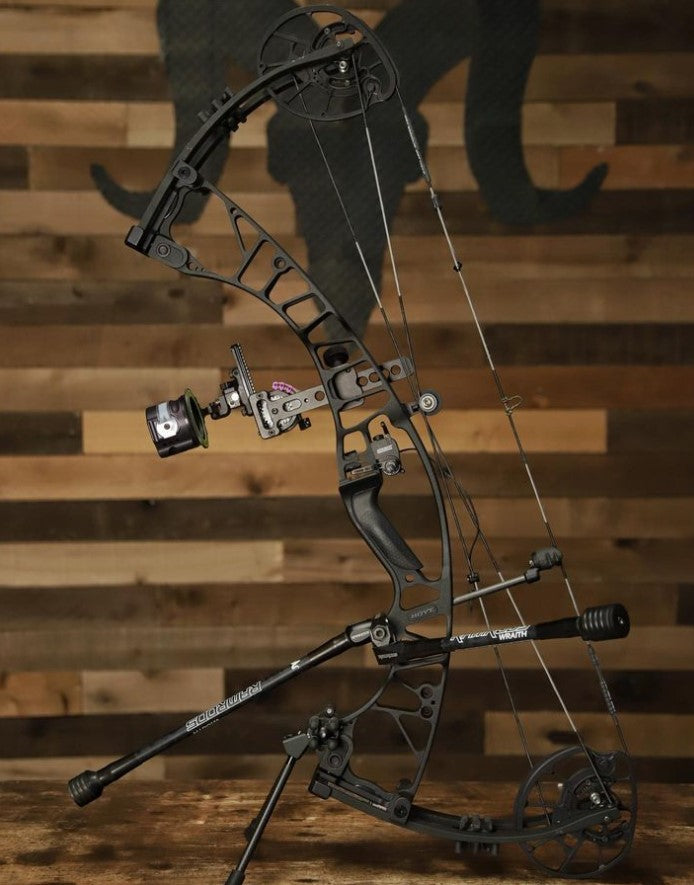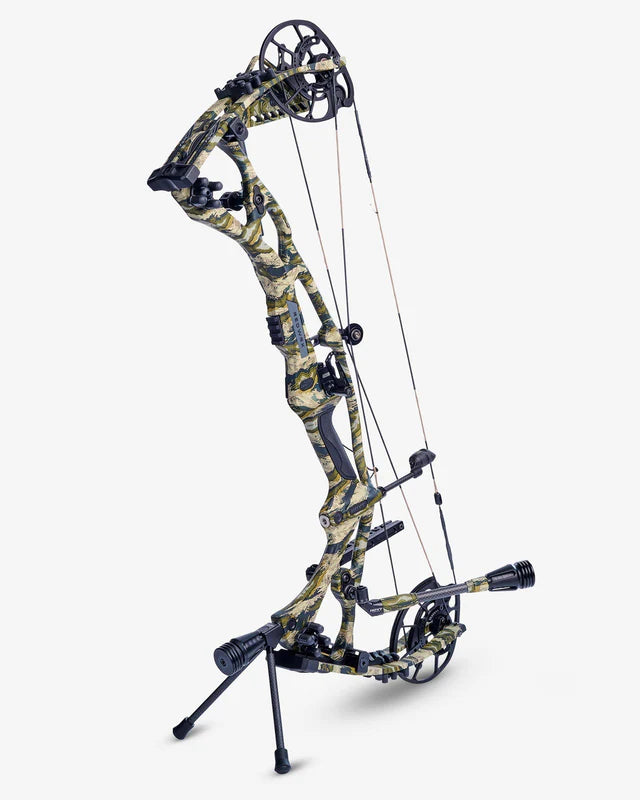Master the Art of Archery: Comprehending the Importance of a Stabilizer in Your Configuration
Archery, an ancient sporting activity that needs emphasis, accuracy, and skill, has captivated people for centuries. Whether one is a seasoned archer or simply beginning their journey, the significance of a stabilizer in their configuration can not be overemphasized. This critical item of tools plays a substantial function in enhancing accuracy and boosting general performance. By recognizing the advantages of using a stabilizer, considering the appropriate aspects when selecting one, and properly mounting and changing it, archers can elevate their abilities to new elevations. So, let us explore the details of grasping the art of archery and uncover the very useful function that a stabilizer plays in achieving success on the array.
The Duty of a Stabilizer in Archery
A stabilizer plays a crucial role in archery by enhancing equilibrium and lowering vibrations during the shot. A stabilizer helps to combat these resonances by soaking up and dissipating the power (archery stabilizer).
One of the major advantages of a stabilizer is its capacity to enhance equilibrium. The weight of the stabilizer aids to disperse the weight uniformly, minimizing the pressure on the archer's arm and enhancing stability.
Along with balance, a stabilizer additionally assists to lower torque. When an archer launches the bowstring, there is an all-natural propensity for the acquiesce rotate in the hand. This rotation, referred to as torque, can cause the arrowhead to veer off-course. The weight and design of a stabilizer counteract this turning, making certain a more regular and precise shot.
Benefits of Utilizing a Stabilizer
The application of a stabilizer in archery supplies numerous benefits that boost an archer's efficiency and general capturing experience. By soaking up and wetting these resonances, the stabilizer boosts the stability of the bow, permitting for even more constant and accurate shots.
Secondly, a stabilizer aids to balance the bow by including weight to the front end. This weight distribution combats the all-natural tendency of the bow to tip ahead upon launch, reducing the amount of activity and improving the archer's capacity to keep aim on target.

Lastly, a stabilizer can also serve as a shock absorber, minimizing the shock and recoil experienced upon launch. This not just boosts the convenience of shooting yet additionally decreases the threat of injury or stress on the archer's body.
Just How a Stabilizer Boosts Accuracy
Enhancing the accuracy of an archer's shots, a stabilizer plays an important role in enhancing general efficiency. archery stabilizer. By including security to the bow, a stabilizer helps lessen the unwanted motion and vibration that can happen throughout a shot. This reduction in motion permits the archer to keep a steady objective, causing more exact and consistent shots

Furthermore, a stabilizer helps to wet resonances that occur upon launch. image source These resonances can cause the acquiesce tremble, impacting the arrowhead's trajectory and precision. By soaking up and dissipating these resonances, a stabilizer assists to maintain the bow's security and guarantee a exact and smooth shot.
Additionally, a stabilizer can also help in balancing the weight circulation of the bow (archery stabilizer). By adding weight to the front of the bow, a stabilizer aids to balance the weight of devices, such as quivers or views, which may be affixed to the bow. This balanced weight circulation assists the archer keep a consistent and controlled shooting placement, resulting in boosted accuracy
Variables to Think About When Picking a Stabilizer
When picking a stabilizer for your bow, it is important to think about numerous variables that will contribute to its general performance and viability for your individual shooting style. The initial variable to consider is the length of the stabilizer.
Another element to think about is the weight of the stabilizer. The weight of the stabilizer can impact the equilibrium of your bow. A much heavier stabilizer can assist to lower resonances and boost security, causing a steadier shot. However, a lighter stabilizer might be liked by shooters that prioritize ability to move and speed.
Some stabilizers have adjustable functions, such as adjustable length or flexible weights, which permit you to tailor the stabilizer to your certain requirements. Carbon fiber stabilizers are light-weight and durable, while light weight aluminum stabilizers supply a balance between weight and rigidness.
Various stabilizers might work far better for certain shooting styles, such as target shooting or searching. It is recommended to consult with seasoned archers or experts to determine which stabilizer will certainly best fit your specific demands.
Tips for Correctly Mounting and Readjusting a Stabilizer
Longer stabilizers offer more stability yet can be much less manoeuvrable, while shorter stabilizers offer increased ability to move yet may sacrifice security. As soon as you have chosen the appropriate size, connect the stabilizer to the bow using the provided mounting hardware. Make sure that the stabilizer is firmly attached and aligned with the bow's riser.
After setting up the stabilizer, it is essential to make modifications to attain the preferred equilibrium and shot consistency. Beginning by changing the weight circulation along the stabilizer. Additionally, take into consideration adjusting the angle of the stabilizer to fine-tune the shot.

Conclusion
To conclude, a stabilizer plays a vital duty in archery by improving accuracy and decreasing bow torque. By including weight to the bow, it assists to stabilize and support the shot. When choosing a stabilizer, factors such as material, weight, and length should be considered to meet individual needs. Proper installment and change of the stabilizer are likewise essential for optimal efficiency. Grasping using a stabilizer can significantly enhance the archer's skill and accuracy.
Additionally, a stabilizer can also assist in balancing the weight circulation of the bow. By adding weight to the front of the bow, a stabilizer aids to balance the weight of devices, such as quivers or sights, which might be attached to the bow. Some stabilizers have flexible functions, such as flexible length or flexible weights, which enable you to tailor the stabilizer to your certain needs. Carbon fiber stabilizers are long lasting and lightweight, while light weight aluminum stabilizers provide an equilibrium between weight and rigidity.
Longer stabilizers supply more security however can be much less maneuverable, while much shorter stabilizers provide raised maneuverability yet may give up stability.